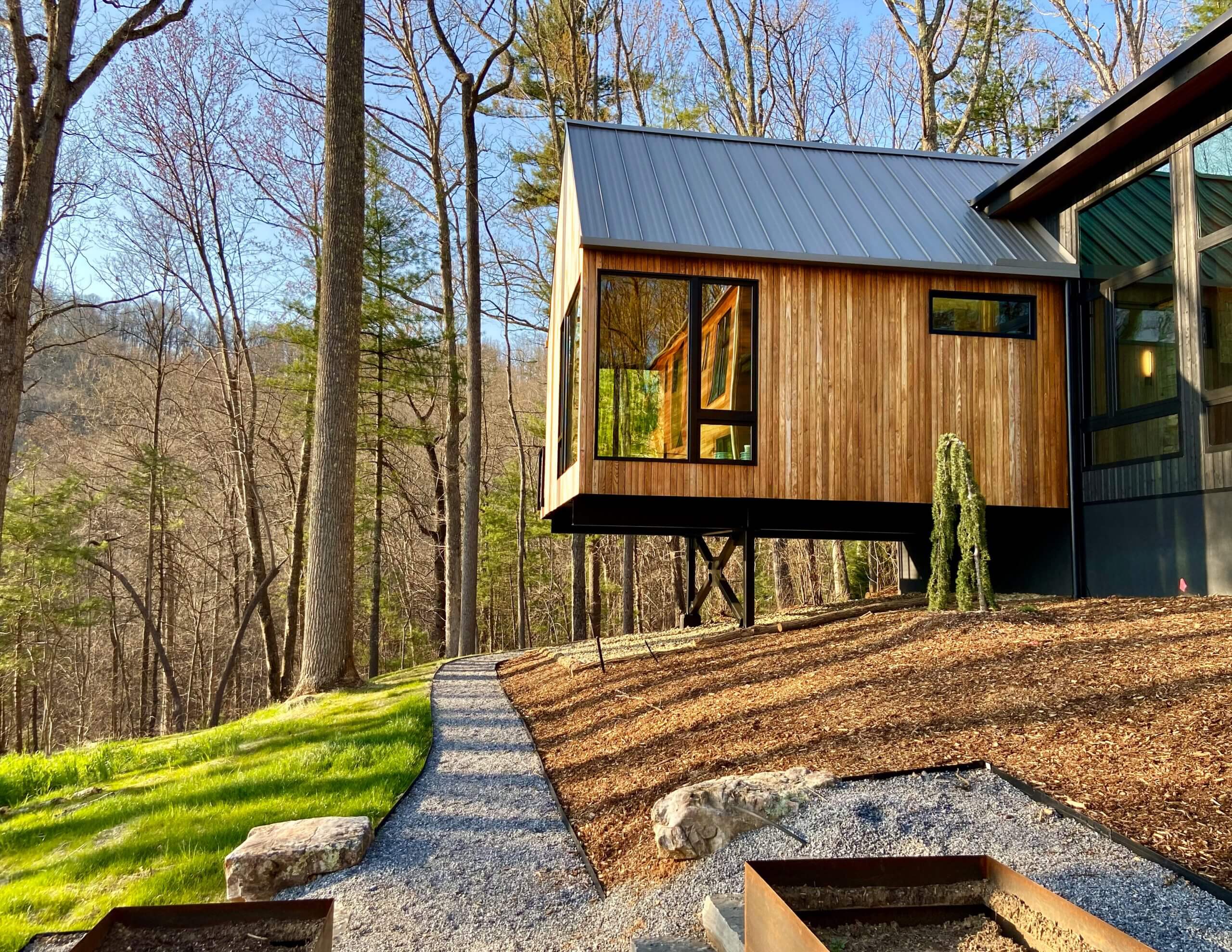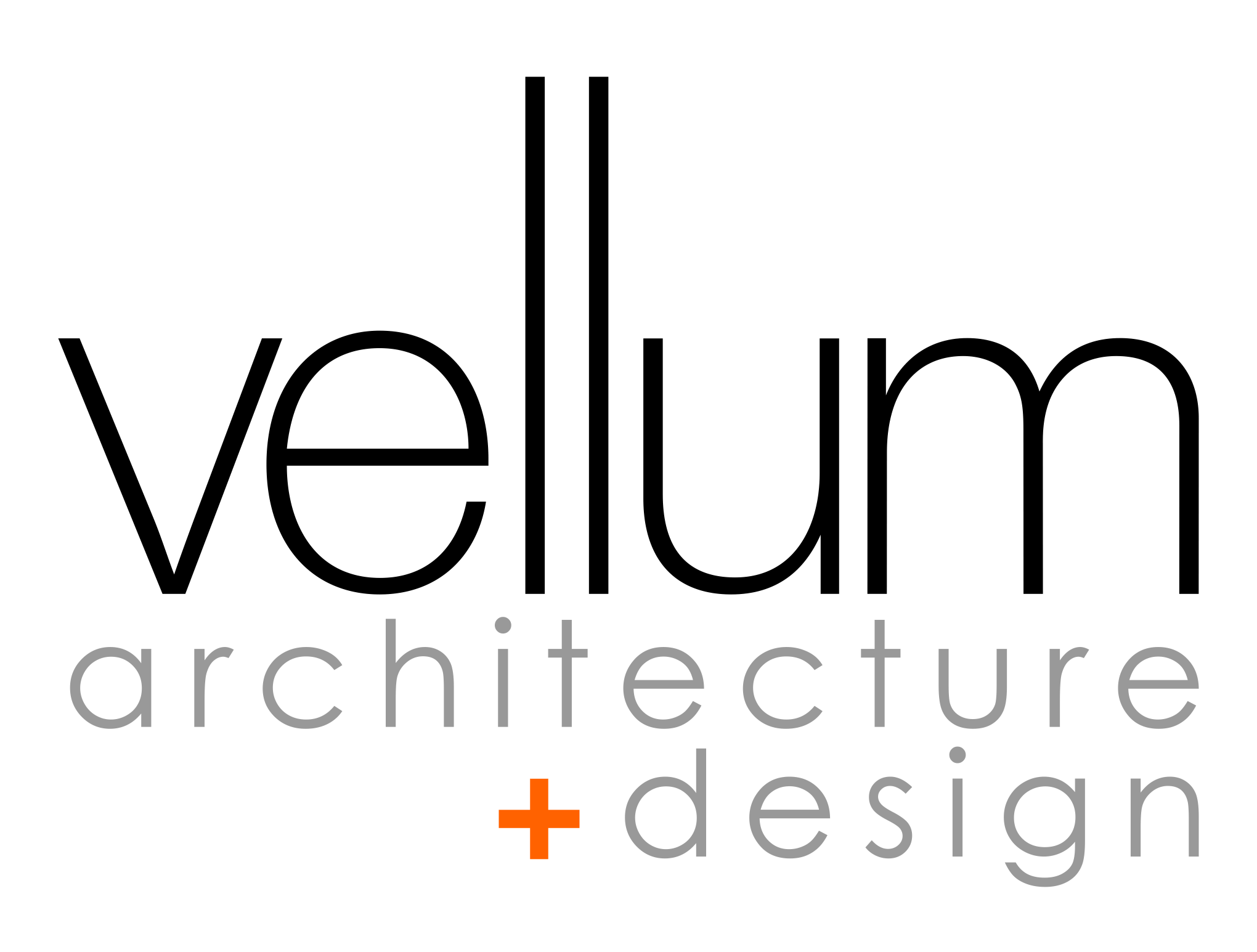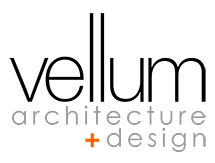
How Residential Architectural Designs are Evolving in 2021
Residential Architectural Designs
After a difficult and unpredictable 2020, people are seeking some sense of normalcy and predictability in 2021. Designs that promote a healthy, sustainable, and simple lifestyle will be in demand in the market as we emerge from the challenges of the past year.
A commitment to creating sustainable architectural designs and development projects will continue to grow in 2021. In general, the world is moving more towards sustainability and environmentally-friendly practices. The design world has always been at the forefront of this movement, and this year is no different. The use of recycled and recyclable materials as well as building highly efficient homes and the installation of renewable energy systems like solar are gaining popularity.
In response to the emergence of Covid-19 in 2020, modern residential designs are focusing on creating healthier, simpler, and more comfortable interior spaces. Outdoor living areas have become much more important in our lives, and design solutions that create harmony between interior and exterior are at the forefront.
Like the last year, 2021 is also bringing innovative and emerging technologies to the residential market; it is all about simple healthy living and conscious consumption to create a more accessible atmosphere.
Latest Trends for Residential Architectural Designs
As residential architectural designs continue to evolve, new trends focus on technological advancements and styles that reflect a simpler lifestyle and more authentic experiences. Here is a list of some of those trends.
Incorporation of Industrial Elements & Style
Many new home designs are reflecting a more agrarian and industrial nature. Exposing structural elements such as steel beams, roof trusses, and other functional elements help tell the story of the structure. You will also see a lot more raw material finishes versus the traditional refined palates of the past. Even countertops have gone to more rough and varied finishes like flamed granite. This trend stems from an interest in a more authentic and informal approach to design. Look for more rustic finishes but used in more simple modern ways.
Minimalism at its Zenith
In a quest to simplify and unclutter our lives, minimalist design has grown in popularity. The days of crowded bookshelves filled with mementos and other collected art and items are gone. Focusing on the clarity of purpose and function, designs have been pared down to only what is essential. Ornamentation in architectural detail is eliminated to create simplified spaces where light and texture are more present and celebrated. Don’t make the mistake of thinking that these designs are easier to pull off. There is no hiding behind trim and other elements. Execution is paramount, and there is a cost to make that happen.
Bringing Nature In
Home designs are striving to be as close to nature as possible. This can start with large glazing areas opening to the outdoor environment but can also include interior design decisions with the home. By bringing colors, materials, and textures from nature into the finish palate, the home becomes fresher and more relaxing. Materials like rattan, bamboo, and wood, along with flowers and plants, make a wonderful combination. Soft accessories and furnishings like organic cotton, linen, and wool also help to embrace the modern organic style.
Home Automation
Residential architectural designs are leveraging technology for a smarter and more comfortable environment. Automation in the home has become a big trend in the custom residential space, providing increased functionality and security. These systems connect with devices throughout the house, including lighting, HVAC, and security systems. It promotes easy access and control to doors, temperature, lights, blinds, cameras, and much more.
Remodeling and Building Restoration
Given the skyrocketing costs of building that we have seen over the last year, many people are turning to restoration and remodeling as a way to access more modern and cost-effective solutions. Old neighborhoods are being revitalized by younger generations seeking more authentic communities and lifestyles. These communities are commonly closer to urban centers and provide a more walkable environment. Many older homes in these areas have great design features that are hard to find in newer homes, like masonry fireplaces and hardwood detailing. By renovating these older structures, homeowners can integrate more modern finishes and features while still celebrating the original craftsmanship. It helps preserve the city’s cultural heritage, lowers the rate of over-development, and reduces the environmental impact of new developments.
Modular Residential Architectural Designs
In an effort to lower overall building costs and reduce overall construction time, developers and designers are turning more and more to modular building systems. The term ‘modular’ has somewhat of a stigma to it and is unjustly tied to mobile homes and other lower-quality housing solutions. In reality, today’s modular and componentized building systems allow for high-quality solutions while still reducing labor costs and increasing construction speeds. Systems like Cross-Laminated Timber (CLT) are becoming more common and will continue to revolutionize the building industry.
In summary, new residential architectural designs will become more streamlined and efficient while focusing on healthier and natural existence. Finding new ways to build economically will be important, and sustainability will continue to be an integral part of how we build.
At Vellum, we believe in building a greener world through the designs we create.



